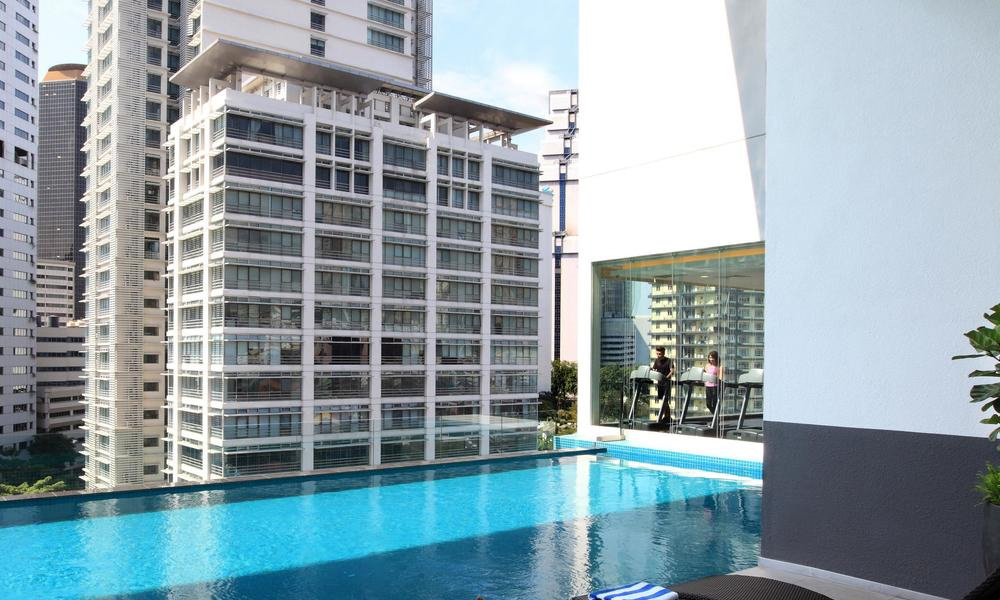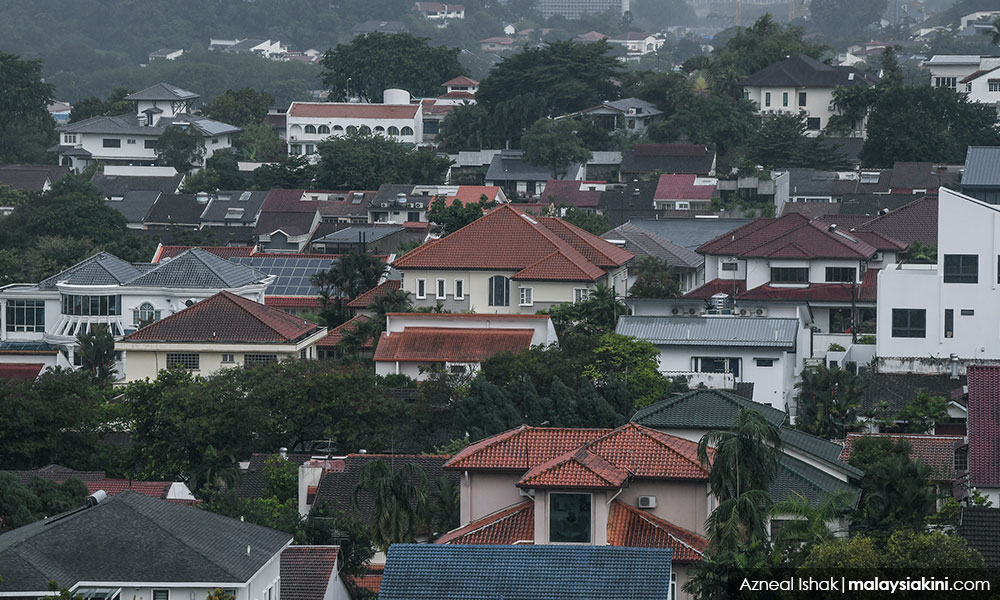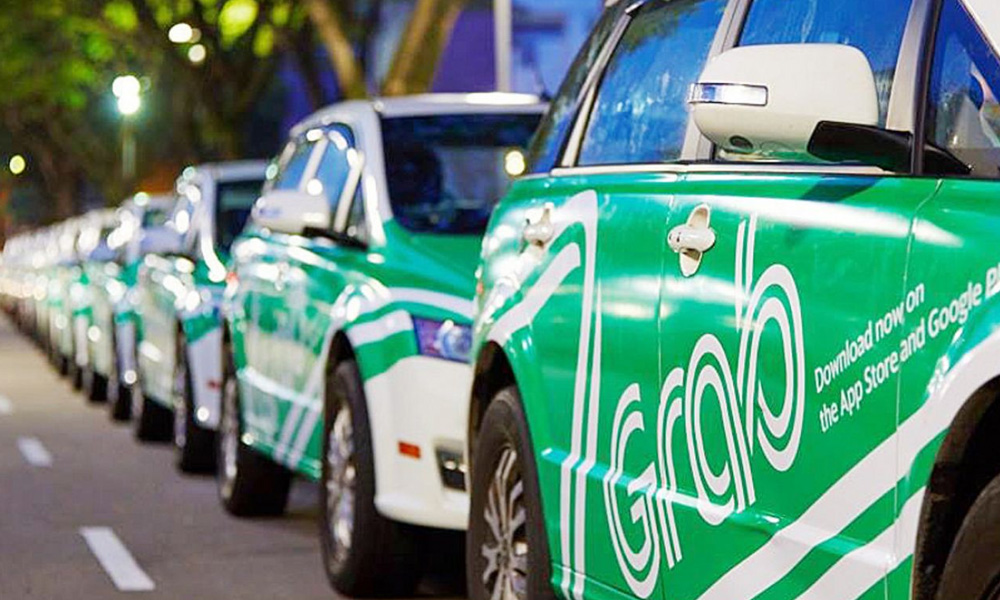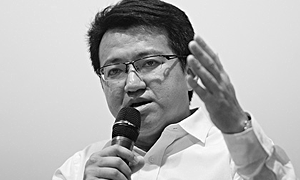Rethinking our cities, housing and transport system
COMMENT | Let me refer back to my conversation with the aforementioned tycoon in part one of my essay. Paying the workers well by making structural changes to the labour market will admittedly require a lot of political will, a strong consensus with capital owners and a substantial period of painful adjustments.
In the meantime, the economic insecurity question won’t go away and would only intensify. Strategically, interventions in housing and transport are quicker to carry out, and the impact is immediately felt.
Housing is the most important expenditure of most households. Especially in cities, where most of the population now lives and property happens to be more expensive, efforts need to be made to offer quality affordable housing to everyone who needs it.
Developers, including those owned by GLCs, are currently developing faraway suburbs. Instead, they should re-develop inner cities, with a focus on affordable housing. A shift from owning property to renting for the M60 group should be engineered.
Another important expenditure is transport. Most Malaysians rely on private cars for journeys to and from work. In addition to the high direct cost to both households (two or more car loans) and government (petrol subsidies), the high level of car and motorcycle use has many negative externalities, such as traffic deaths, pollution and loss of productivity due to traffic jams.
Investment in public transport with immediate effect is required (meaning buses over trains) to greatly increase availability and provide a viable alternative to cars.

Malaysia’s property market is in dire straits as well. This is the result of the massive residential property construction spree between 2012 and 2014 which was fueled by cheap and very easy credit. We are still dealing with the aftermath of that building spree. One just has to drive on NPE, NKVE, or Kesas highways to see my point.
The result is escalating housing prices beyond the means of the median Malaysian household and at the same time, ironically, resulting in a massive property glut. According to Khazanah Research Institute’s estimation, house prices were five times the median household’s annual income in 2016. It is seriously unaffordable.
As things stand, there is really no point in encouraging and pushing people to buy houses. Our homeownership rate, at 72.5 percent, is higher than other developed countries such as the United States (66.5 percent), United Kingdom (67.4 percent) and Australia (68.1 percent).
As has been argued above, most Malaysians’ finances are rather constrained. The banks will risk systemic failure if loans are given to borrowers who are not credit-worthy. Households are overleveraged in the course of the last "borrow-to-consume" decade.
As it stands, the economy will have to either pay Malaysians a lot more very quickly or we will have to find new ways to dispense with the houses that are already built.
Furthermore, houses in Malaysia are built in a sprawling manner, in part because the biggest developers were government-linked corporations keen to turn their plantation estates into highly profitable new townships. These sprawling housing estates make it very costly to plan infrastructure and services such as water, electricity, sewerage, internet network, road and public transport.
To live in a sprawling city not supported by a strong public transport network means that Malaysians have to depend on private vehicles to commute.

Malaysia is also a strange case where the poor own cars. In advanced countries, the rich use public transport. The World Bank pointed out that vehicle ownership and car loans cost households five times more than taking public transport for a daily commute. And sadly, those motorcyclists without cars make up 60 percent of road deaths. This should be a matter of concern to any government.
The carbon emissions of a car-loving society like Malaysia’s are another issue to consider. Between 2000 and 2018, private car ownership has doubled to a ratio of two cars to one resident. About 93 percent of all Malaysian households own at least one automobile.
The total number of registered vehicles in Malaysia was 3.7 million in 1987, it was 28 million as of 2017. High vehicle ownership doesn’t mean that the need for transportation is solved. We should not be proud that Malaysia is a country with the third-highest level of vehicle ownership globally. Greenhouse gas emissions from our cars accelerate the process of climate change.
Housing and vehicle loans form a large part of a bank’s portfolio. Both are non-productive and in many ways, a distraction from the bank’s role in boosting economic growth in productive sectors.
As an example. take a look at the composition of bank loans by economic purpose of some of the biggest banks in Malaysia. In 2018, 50 percent of the Public Bank group's loans are for the purchase of residential properties. If one adds up vehicle loans and other forms of property-related loans, there are very few loans made for productive usages of capital. Let’s be clear, property and vehicle loans are non-productive.
It is about time that Malaysia’s policymakers think along the following lines:
Instead of building privately-owned new housing stocks in faraway suburbs which are bound to face overhang, GLC-owned developers such as Sime Darby should lead in construction and develop rental housing in inner cities.
For Sime Darby, this is particularly apt as it is owned by PNB which will have its Warisan 118-storey building completed soon. In the case of Sime Darby, its landbank around Kuala Lumpur, which are currently still plantations, can be the catalyst for high yield and technologically intensive agriculture that Former Council of Eminent Persons chairperson Daim Zainuddin advocates.
- Building rental housing with superior amenities in central locations for the M60 group to walk, cycle or commute short a distance by public transport to work instead of undertaking a long and stressful car commute will make our cities more liveable and in fact, change the face of Malaysian capitalism.
Rental housing for M60 urban workers can be financed in many ways. For instance, we are now quite used to real estate investment trusts (Reits) for shopping malls and office blocks.
A well-managed inner-city rental housing for the M60 group can be financed through a rental Reit too, as long as there is sufficient yield for the investing parties. In the current global financial milieu of low-interest yield, a well-articulated project may not be that difficult an idea to sell.
- The future of Kuala Lumpur lies in whether the three-square kilometre area with PNB 118, Tun Razak Exchange, Bandar Malaysia at each corner can develop a new lifestyle based on rental housing, while the second extended circle sees the development of rental housing for middle-class people who take short train rides and enjoys extensive coverage of bus-based multimode transport system.

A myth that we have to dispel is that everyone feels like owning a house and that owning a house is in our DNA, which is not true. Owning a private house in the current form (especially landed property in a suburb) is only a new idea that is not older than 60 years in Malaysia.
Before independence, most Malaysians live in rural houses and those in urban areas live on upper floors of shophouses (which they don’t own) and work downstairs, and there were almost no carbon footprints.
Where transport is concerned, we will have to break down several long-held myths.
Firstly, not everyone needs to drive, and not everyone wants to drive if they have a better alternative.
Secondly, buses, and not just trains, make for good public transport. Buses are way cheaper to provide than trains. For cities without rails, buses are good alternatives. For Kuala Lumpur, the rail system will remain inefficient and inconvenient if it is not complemented by an extensive bus network.
Thirdly, the government should consider the apparently radical idea of paying people to take the bus. The provision of bus service is relatively very affordable compared with the provision of rail. Compared to the subsidising of petrol, paying people to take the bus is a cheaper and sounder option. But to take away the petrol subsidy when driving is still a necessity will cause grief.
Again, sequencing is crucial. Our society will have to envisage several years of transition during which public transport becomes a great alternative to driving and driving becomes a luxury. As with all luxuries, one pays for it not as a necessity but as an unnecessary enjoyment. By that point, the full petrol price can be charged without subsidies.

There is this myth that Malaysians love to drive. The myth was proven wrong to a certain extent with the advent of ride-sharing. Many young Malaysians in urban centres no longer choose to own a car.
Let’s accept that the present state of our economy is burdened and held back by legacy issues and old assumptions. Our economy has some serious flaws, and the conceptual tools we have inherited, and that we continue to use, are inadequate and even misleading.
The Pakatan Harapan government inherited a malfunctioning system crippled by years of inaction, inertia and a lack of ambition and imagination. As we enter 2020, it’s time for a candid review of our economic assumptions so that we can leapfrog to the next level and create the conditions for a life of dignity and security for all.
In many other countries, when ordinary people feel that their economic conditions are insecure, they turn to right-wing populism. The best way to contain right-wing populism is to deal with the sources of economic insecurity. In our case, that means rethinking jobs, pay and productivity on the one hand and housing and transport on the other.
For a secured Malaysia, either the government or businesses will have to ensure that all Malaysians feel economically secured and no Malaysians must feel that they are left behind.
Related articles:
Understanding economic insecurity
Higher pay, higher productivity and higher level of technology
LIEW CHIN TONG is the deputy defence minister and DAP national political education director.
The views expressed here are those of the author/contributor and do not necessarily represent the views of Malaysiakini.
RM12.50 / month
- Unlimited access to award-winning journalism
- Comment and share your opinions on all our articles
- Gift interesting stories to your friends
- Tax deductable

